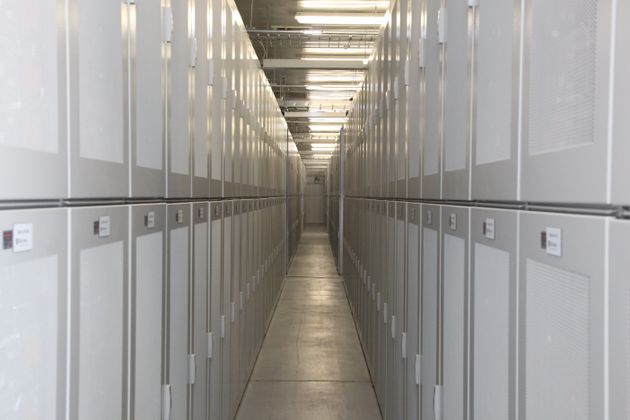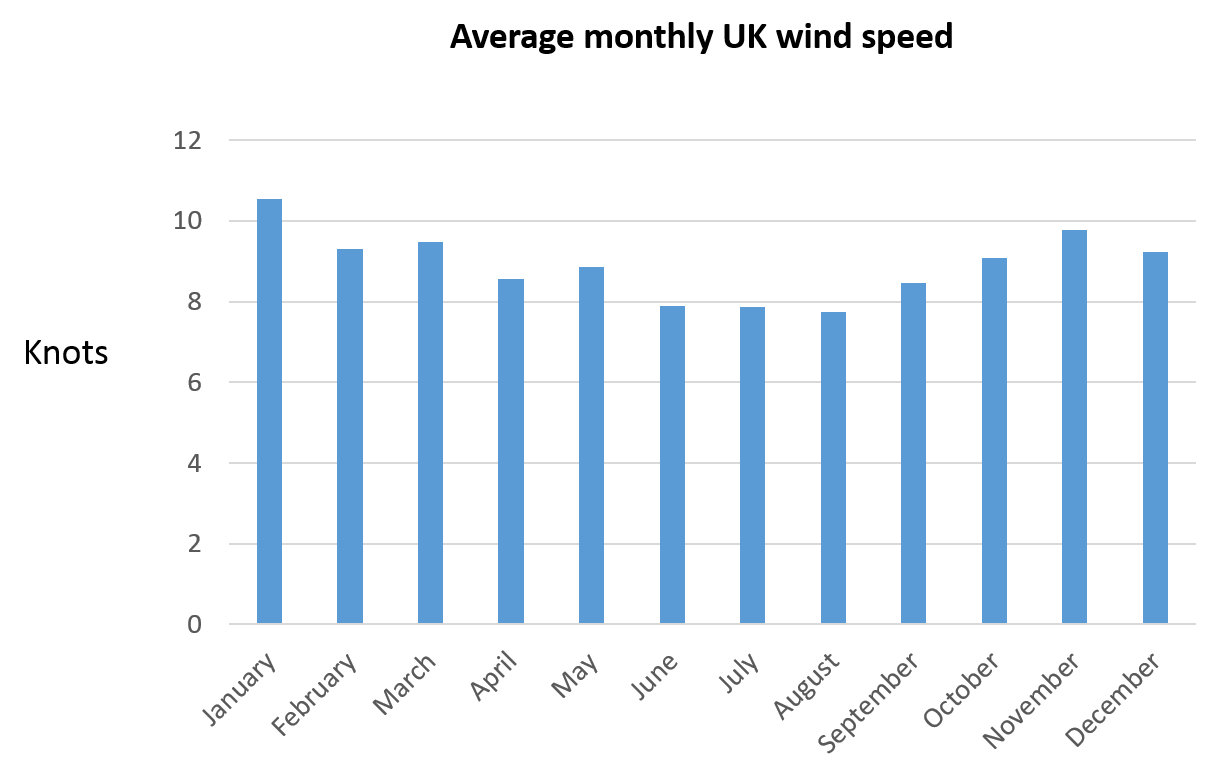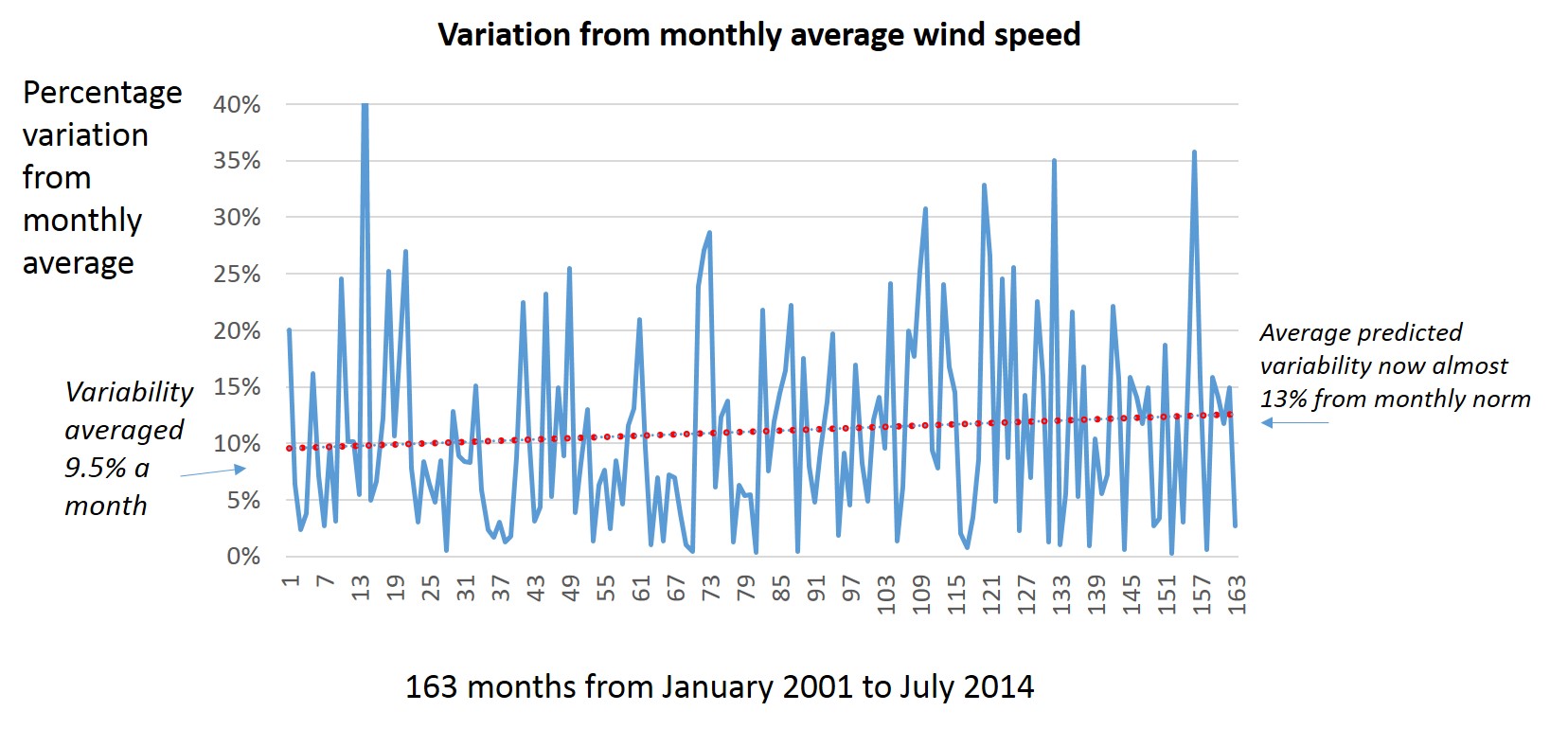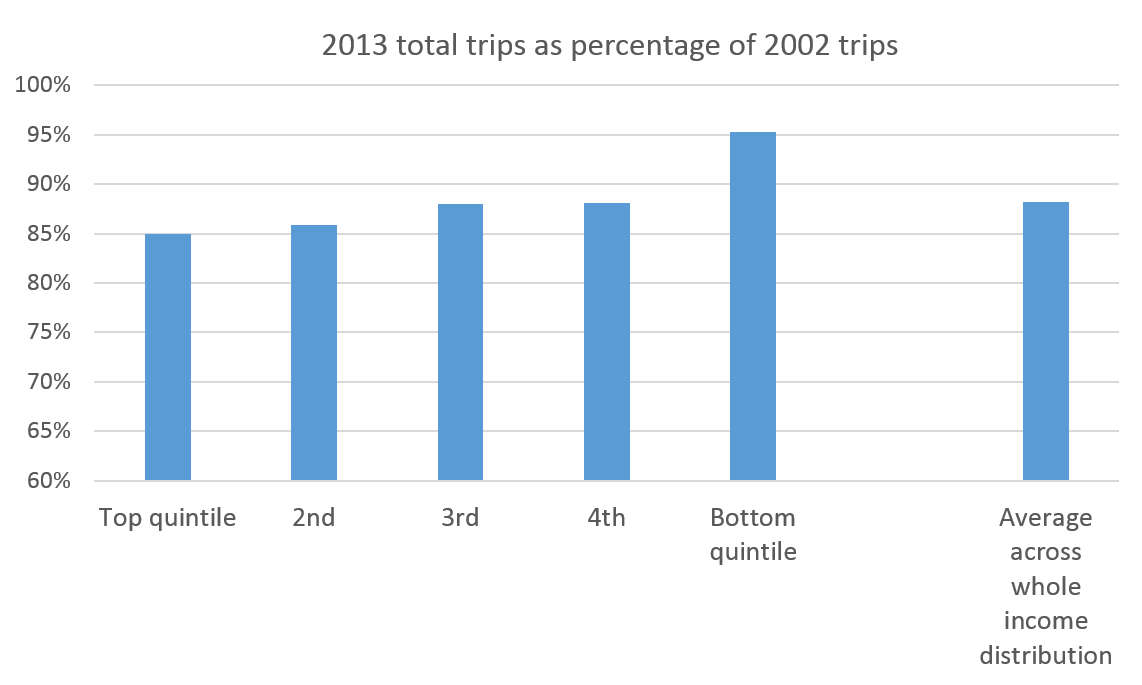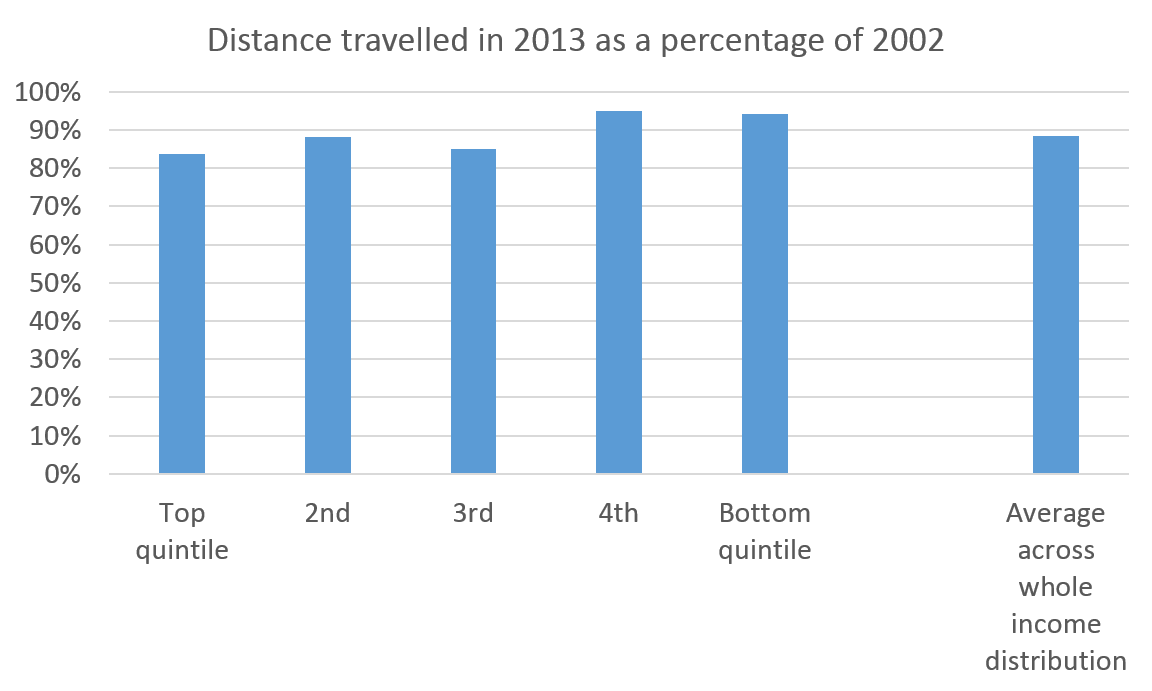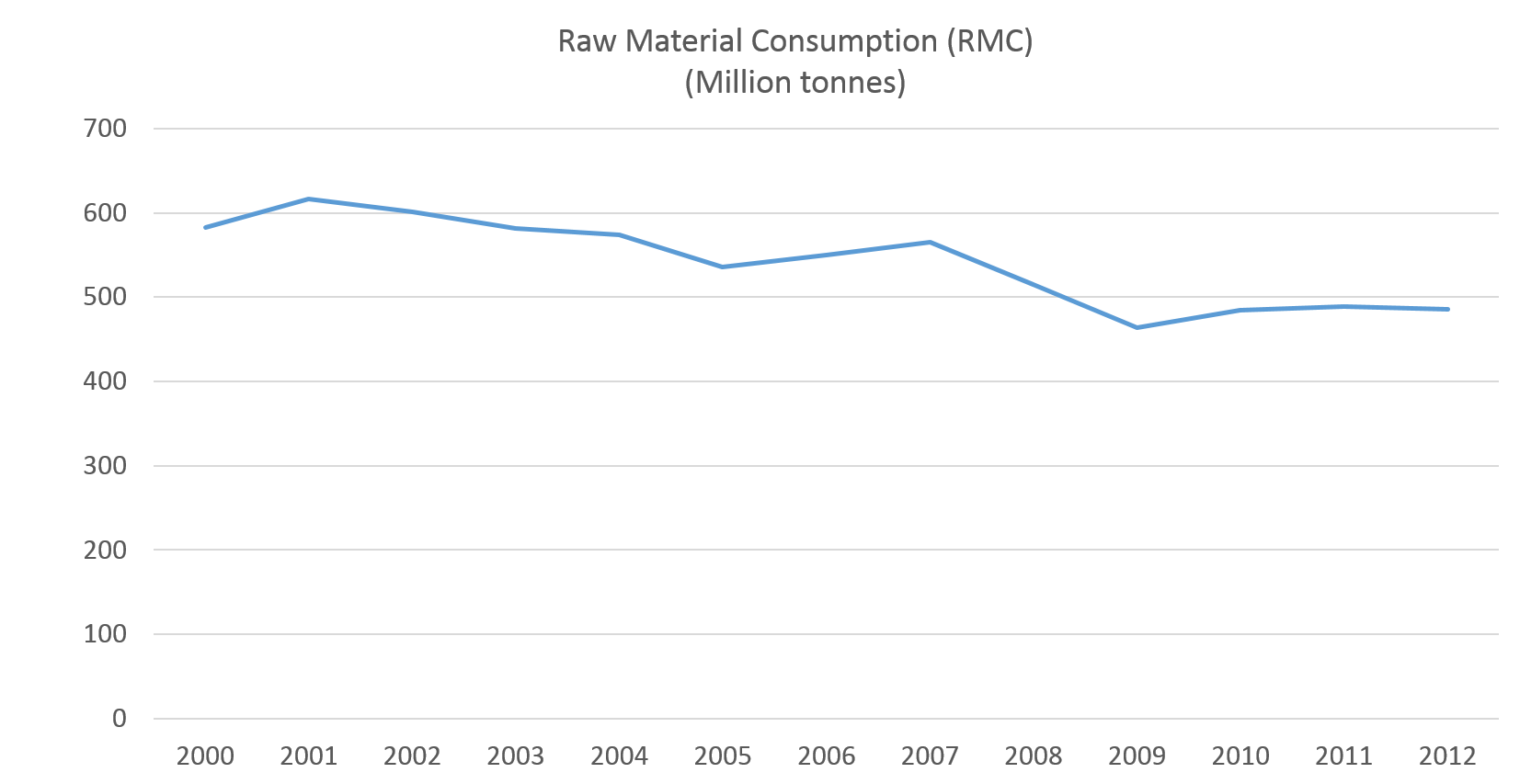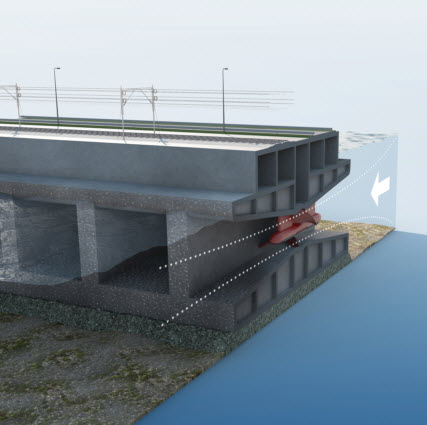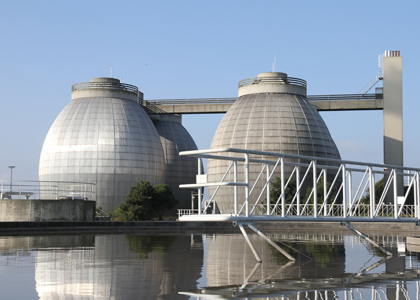Last month the headlines excitedly stated that Ofgem had asked the Competition and Markets Authority (CMA) to look at the energy market. Actually, this was a huge exaggeration. Ofgem’s request was for the CMA to examine about 5% of the business: retailing gas and electricity to domestic consumers and very small companies. Sales to large organisations are excluded, accounting for over half the market, as are the upstream activities of energy generation (50% of consumer bills), the transport of energy over wires and pipes (about 20% of the domestic bill) and taxation and social and environmental levies (15%).
Market participants nevertheless genuinely seem to hope that the CMA investigation will change the way the whole energy market works, freeing up investment in generation and improvements in networks as well as stabilising prices. This note looks at how participants, particularly including the new generation of smaller retailers, might choose to respond to the investigation if they want to influence its outcome. (Full disclosure: I was member of the Competition Commission, a predecessor of the CMA, for seven years and a tribunal member on the specialist panel at the Commission dealing with the – very rare – appeals against Ofgem decisions).
The central point I want to make is that smaller energy companies and consumer bodies should understand that a market investigation by the CMA is a mammoth, many-headed process. The CMA is hugely thorough and data-driven and the demands it places on companies are often almost overwhelming. Inquiries can last for up to 24 months, not the 18 months specified in recent press releases.
To be effective, and to get arguments taken seriously by the CMA, participants need to devote resources to the process, almost certainly in a joint undertaking with groups of similar views. Occasional letters to the CMA will not work when the Big Six will be spending tens of millions of pounds on lawyers.
The scope of the inquiry
Government, regulators and the big energy companies have cooperated to launch this inquiry in order to ‘clear the air’ on the issue of domestic energy prices. This is a telling phrase, used time and again by Ofgem in recent months. ‘Clearing the air’ doesn’t mean instituting radical reform or making major changes. It implies a close examination of an industry but one that is expected to conclude that nothing much is wrong. In this respect, a CMA inquiry is all too similar to the increasing number of quasi-judicial investigations of problems that are actively embarrassing to government.
But sometimes the CMA does surprise us. It is full of genuinely independent people, but generally not with a radical turn of mind. It does occasionally propose major changes in market structures, such as the breakup of the London airport monopoly, but mostly its recommendations are marginal and not particularly effective. These means that those energy industry participants and consumer bodies who want real change will need to make their case forcefully, insistently and in a quantified and rigorous form.
What the CMA does
The CMA is an amalgamation of the Office of Fair Trading and the Competition Commission. Until a few months ago Ofgem would have gone directly to the Competition Commission. Now the CMA passed Ofgem’s request directly to the part of the Authority that conducts investigations of this sort. The people on the energy market inquiry are all old Competition Commission hands and it’s a fair guess that they’ll work as they would have done at the predecessor body.
The process is as follows.
a) Get the request from a regulator, such as Ofgem, to carry out a market investigation
b) Appoint a team of senior people to act as the panel of judges on the investigation and allocate the staff members to actually do the investigative work and produce drafts of the report. (This particular case has been loaded with very senior and experienced panel members).
c) Request the main participants in the industry, and consumer bodies that might represent the public interest, to say what they think are the main problems that the CMA should look at.
d) Take a few weeks to produce what is known as an ‘issues statement’. This public document lays out the major issues which the CMA thinks it is investigating and possible hypotheses about these questions. It will specify some aspects of the work that it will carry out to assess whether perceived problems are real and what actions it might take to remedy defects in the operation of the market. The issues statement develops one or more ‘theories of harm’ that suggest how uncompetitive features of an industry may cause detriment to customers.
e) Market participants respond to this letter and attend hearings at the CMA at which the panel quizzes them on their opinions and the data that backs them up.
f) The Authority will publish a series of working papers that collate the data it has generated on the main issues it believes need to be addressed.
g) Participants can, and should, respond to the working papers.
h) We’re now ten months or so into the inquiry and then, after a period of intense work, the CMA will produce its ‘provisional’ findings about this time next year. Companies and consumer bodies will respond. If the experience from other investigations at the Competition Commission is any guide, any conclusions that the major firms in the energy industry do not like will be given fierce and determined rebuttals. A lot will be at stake.
i) The initial deadline is to produce the final report by Christmas 2015, but many market studies overrun and have to ask for a six month extension. The number and complexity of the interchanges between the biggest firms in the marketplace and the Authority tends to make a delay inevitable. I would be amazed if the same thing didn’t happen with the energy market investigation.
The important thing to note is that market investigations like this one have substantial inertia. Once set on a course, it is difficult for smaller participants to deflect the work into areas that seem to be important but ignored. There’s strong reasons to get arguments and data in early, backed up with as much supporting evidence as can be gathered over the next few months. This means making a lot of noise before the first ‘issues statement’ comes out.
The other things that companies in this market need to remember
a) The process that the CMA will go through will be almost unbelievably demanding on the companies involved in the study. Believe me, this is no exaggeration. The requests from the CMA for data, analysis and opinion will numerous, wide-ranging and overwhelming. Even the very biggest companies fade under the pressure of a market inquiry such as this. I remember people from Tesco complaining of utter exhaustion during the Competition Commission inquiry into food retailing. Small companies simply tend to back away and try to avoid getting dragged in.
What this means for smaller participants: Either decide not to participate or combine with others to actively drive a shared view of what the CMA should do.
b) Despite what it might publicly say, the CMA tends to prefer to deal with intermediaries, rather than directly with participants. Intermediaries, such as law firms and economic advisory boutiques, know the way the Authority operates. They understand the formats that the CMA uses and the underlying meaning of its requests. The CMA trusts intermediaries to present data and such things as market research results in a consistent and rigorous form. The CMA’s preference for working through experienced third parties enables law firms, in particular, to play central roles in the whole market investigation process.
What this means for smaller participants: If you do want to actively engage with the CMA inquiry – something which needs to be very, very carefully considered before a decision is made – it makes good sense to use an intermediary with at least some experience of CMA processes. Central London law firms will expect fees of millions. It may make sense to look elsewhere to find people to develop, organise and present your case and, as importantly, to act as the point of contact for the CMA and its voracious, unending requests for data.
c) The CMA is entirely concerned with examining the features of markets that may restrict or distort competition. This is much tighter focus than most people assume.
What this means for smaller participants: There are probably many features of Big Six behaviour you find frustrating and/or impossible to deal with. But in this inquiry, focus entirely on the features of the marketplace, such as the lack of wholesale price transparency and illiquid market, that restrict genuine competition.
The CMA’s character
All institutions have an ideology, or at least a shared set of reasonably coherent views. Regulators are no exception.
In the case of the CMA the core beliefs are
a) Businesses, particularly big businesses, are good for society
b) Competition for consumer’s expenditure is almost always the best way of getting lower prices and more innovation from companies. Regulation, or any other form of intervention, is very much a second best.
c) Enforcing a structural change to the marketplace, such as obliging full legal separation for the generating, network operation and retailing arms of the Big Six in this particular inquiry, is a radical move that will usually be a disproportionate response to competition problems.
d) Smaller participants may also benefit from understanding that competition authorities tend to see major advantages to consumers from the vertical integration of suppliers. Any attempt to argue to the CMA that the generating and retailing arms of energy companies should be split faces a strong ideological headwind.
e) But, on the other hand, the CMA will think that where possible, prices and volumes traded in markets should be transparent. So in the case of the energy market, I think it is much more likely that the CMA will require a rule that all electricity that is generated will have to be traded through a public exchange, rather than instituting a requirement that the Big Six separate their generation and retailing arms. (In their submissions to the Ofgem consultations, the Big Six stressed that they engage in large amounts of trading already. The smaller players strongly complained that prices and volumes were largely invisible to them and that the energy market is still illiquid, particular for trades a long time in the future).
f) Very importantly, the CMA will have no working presumption that the energy market cannot work effectively with just six big suppliers. Many important marketplaces, such as mobile phones, work reasonably well with four or even fewer participants. It will be a waste of time for smaller participants to argue that the largest companies need to be broken up to achieve greater competition.
g) Some of the submissions to the Ofgem consultations prior to the reference to the CMA made the point that many previous interventions by the regulator in the energy market had tended to result in lower levels of competition. Implicitly, these submissions were of the view that if there is a competition problem it is a result of well-meaning but counter-productive rule-making by Ofgem.
The most frequently quoted example was the regulator’s ban on doorstep selling. According to the Big Six, the effect of this had been to substantially reduce the total amount of customer switching and therefore cut the pressure on retailers to remain strongly competitive. Another example was Ofgem’s resistance to the big retailers offering lower rates outside their old incumbency regions. Once again, this had muted the competitive intensity of the whole market, claimed the major retailers. A third case was the long-standing Ofgem drive towards standardisation of the form of electricity tariffs into fixed charge and variable elements.
From my experience, these arguments will get a very sympathetic hearing from the CMA because of its deeply held view that many, if not most, market interventions by regulators will have the effect of flattening tactical approaches by different participants. Expect the Authority to suggest that Ofgem lightens its touch on regulation of many aspects of energy retailing.
h) There will be no assumption at the CMA that energy markets need to have large numbers of small competitors to be truly competitive. The CMA will note that all the large retailers today are old incumbent gas or electricity suppliers and that no new company has arisen to really challenge this dominance. But it won’t try to sponsor smaller competitors in any way or give them an advantage.
To get a low-carbon economy, we need properly functioning and innovative energy marketplaces. It seems to me that there are problems across the whole spectrum from investment in new generation to the hugely important installation of smart meters in homes. The CMA has been given a small fraction of these problems to look at. It may, or may not, be worth consumer bodies and small suppliers actively participating in the inquiry. But if they do engage, they must focus on two or three well-defined areas rather than trying to keep up with the entire process.
